By A.R. Desapriya
- Introduction
Statistical data on births, deaths, and marriages provide critical insights that guide policy decisions for national development.
These metrics reflect demographic trends and societal shifts, influencing economic, social, and healthcare planning.
From 2019 to 2023, Sri Lanka experienced notable variations in these statistics, signaling challenges for its growth trajectory.
This report examines these changes, evaluates their implications for development, and suggests alternative strategies to address the emerging challenges.
- Significant Trends (2019–2023)
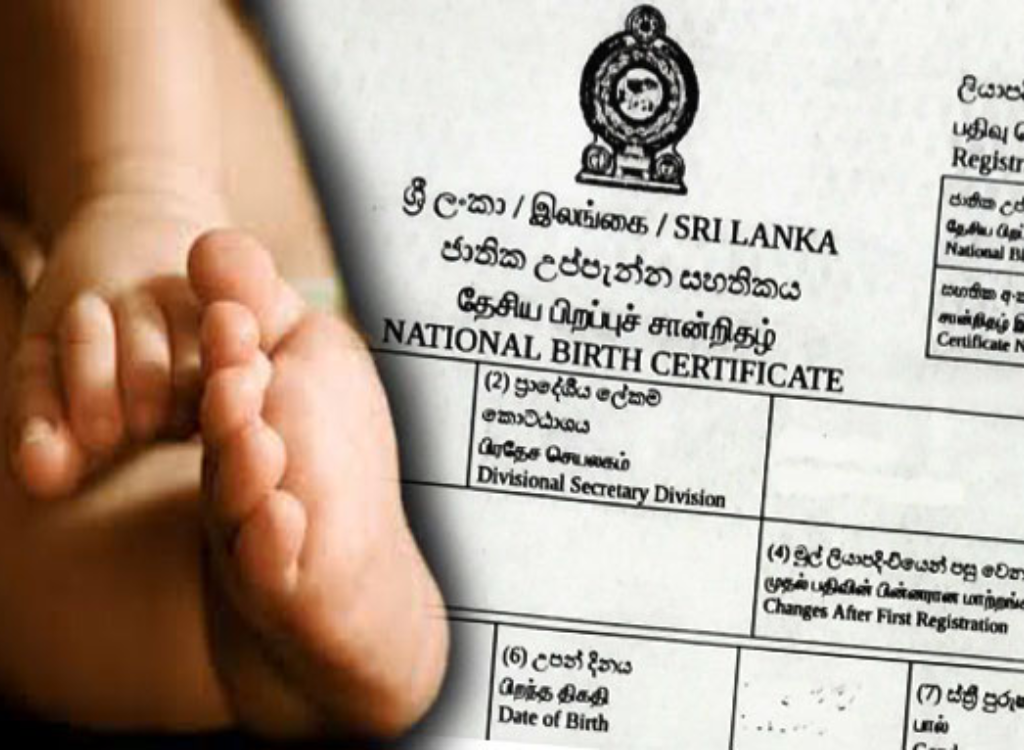
2.1. Births
The total number of births in Sri Lanka declined consistently over the five-year period. In 2019, there were 319,010 births, but by 2023, this figure had dropped to 247,900, representing a significant 22.3% decrease.
This downward trend can be attributed to various factors, including declining fertility rates, economic uncertainties, and societal shifts, such as delayed marriages and childbearing.
Economic challenges may have caused young couples to postpone or reconsider family planning, while societal attitudes towards smaller families have also contributed to the decline.
Significant District Variations:
- Colombo: Births fell from 48,901 in 2019 to 39,634 in 2023, a 19% decrease, reflecting urban lifestyle changes and economic pressures.
- Kurunegala: A steep decline from 22,754 births in 2019 to 16,998 in 2023 (25.3%), highlighting challenges in rural areas, such as declining fertility rates.
- Monaragala: Births dropped by 33.3% (from 5,999 in 2019 to 3,998 in 2023), one of the highest declines, possibly due to migration or economic stagnation.
- Gampaha: A moderate decrease of 18.9% (from 21,585 in 2019 to 17,501 in 2023), influenced by urbanization and delayed family planning.
2.2. Deaths
The number of deaths rose sharply during the same period, with an increase of 24.1% from 146,053 deaths in 2019 to 181,239 in 2023. The pandemic years, particularly from 2021 onwards, saw a surge in mortality due to COVID-19.
Additionally, Sri Lanka’s aging population and the rise in non-communicable diseases like diabetes, hypertension, and cancer further contributed to the increase. The higher death rate reflects both the challenges of managing healthcare systems during a crisis and the need for improved medical infrastructure to address chronic illnesses.
Significant District Variations:
- Colombo: Deaths increased from 24,162 in 2019 to 26,451 in 2023 (9.5%). Despite a lower rise compared to national figures, urban healthcare strain was evident.
- Badulla: Deaths surged by 32.3% (from 5,616 in 2019 to 7,430 in 2023), reflecting vulnerabilities in elderly care and rural healthcare systems.
- Ratnapura: A 34.7% increase (from 7,227 in 2019 to 9,729 in 2023) highlights the need for improved healthcare access and chronic disease management in this region.
- Galle: Deaths rose from 9,337 in 2019 to 11,003 in 2023 (17.8%), indicating a combination of aging populations and healthcare challenges.
2.3. Marriages

Marriage rates fluctuated over the years, with a notable drop in 2023. In 2019, there were 163,378 marriages, but by 2023, this number had fallen to 151,356, a decrease of 7.4%.
The economic hardships caused by the pandemic and other global challenges played a significant role in this decline. Young couples faced difficulties in securing stable incomes, affordable housing, and the means to start families, leading to delayed or forgone marriages.
Additionally, changing societal attitudes toward relationships and family structures contributed to this trend.
Significant District Variations:
- Kandy: A consistent decline in marriages from 10,733 in 2019 to 10,034 in 2023 (6.5%), reflecting economic challenges in the hill country.
- Hambantota: A consistent decline in marriages from 5,128 in 2019 to 4,374 in 2023 (14.7 %), reflecting economic challenges.
(Source: Registrar General Department)
- Key Observations and Implications
(a) Urban vs. Rural Dynamics:
Urban districts like Colombo, Gampaha, and Kandy showed sharper declines in births and marriages, influenced by higher living costs and societal shifts.
Rural areas such as Monaragala have sharper declines, highlighting economic disparities and migration trends.
(b) Healthcare Vulnerabilities:
The sharp rise in deaths in districts like Badulla and Ratnapura underscores the need for investment in rural healthcare infrastructure and elder care.
(c) Economic and Social Challenges:
Declining marriage rates, particularly in urban areas, point to shifting family dynamics and financial difficulties faced by young couples.
- Implications for the Country
4.1. Demographic and Economic Impacts
The decline in births will have a long-term impact on Sri Lanka’s working-age population.
A smaller labor force could result in reduced economic productivity and strain on industries reliant on young workers.
Furthermore, lower birth rates will affect school enrollments, leading to potential under-utilization of educational infrastructure and a future skills gap.
The increase in deaths underscores the urgent need for better healthcare services. A higher mortality rate not only reduces life expectancy but also places a financial burden on families and the healthcare system.
An aging population, combined with higher death rates, will require more resources for elder care and social welfare programs.
4.2. Social and Developmental Impacts
The decline in marriage rates signals a shift in family structures and societal norms. Fewer marriages could lead to reduced family formation, impacting the demand for housing and child-related services.
Additionally, lower birth and marriage rates may exacerbate the challenges of caregiving for an aging population, as fewer younger family members are available to provide support.
The rise in mortality further highlights the vulnerability of Sri Lanka’s healthcare system to crises like pandemics.
Without significant investment in healthcare, these trends could worsen, affecting the country’s development index and overall quality of life.
- Recommendations and Alternative Actions
5.1. Addressing Declining Births
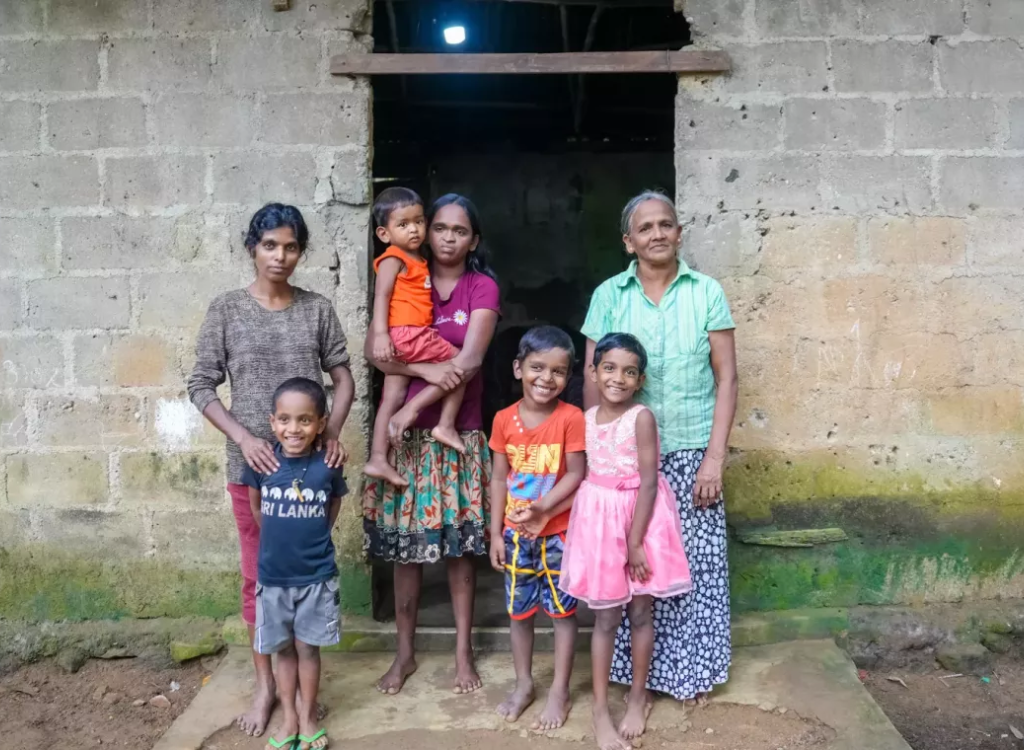
To combat declining birth rates, the government could introduce incentives such as financial subsidies for families with multiple children, tax benefits, and affordable childcare options.
Improved maternal and child healthcare services would also encourage higher birth rates by reducing the economic and health-related barriers to childbearing.
Promoting work-life balance through flexible work arrangements and extended parental leave can make it easier for families to raise children.
5.2. Managing Rising Death Rates
Investing in public healthcare infrastructure is essential to reduce preventable deaths and support an aging population.
Programs targeting non-communicable diseases through awareness campaigns and preventive healthcare initiatives should be prioritized.
Strengthening disaster and pandemic preparedness would also help mitigate the impact of future health crises.
5.3. Stabilizing Marriage Rates
Economic policies that reduce the financial burden of marriage and family formation could encourage more young people to marry. Initiatives like affordable housing schemes, employment opportunities, and financial assistance for wedding expenses can address economic barriers.
Public awareness campaigns that promote the value of family and marriage in society could help reverse negative perceptions about traditional family structures.
5.4. Data-Driven Policy Making
The government should leverage demographic data to develop policies that address long-term challenges.
Regular analysis of trends and the impact of interventions will ensure that policies remain effective and relevant.
Developing comprehensive population strategies aligned with Sri Lanka’s development goals will be critical for sustained progress.
- Conclusion
The variations in births, deaths, and marriages between 2019 and 2023 reveal critical demographic challenges that could affect Sri Lanka’s development.
Declining birth rates, rising deaths, and fluctuating marriages highlight the need for targeted interventions to ensure economic, social, and healthcare stability.
By proactively addressing these issues, Sri Lanka can mitigate adverse impacts and lay a strong foundation for sustainable growth and development in the years to come.
*The writer is a former Deputy Secretary to the Treasury.



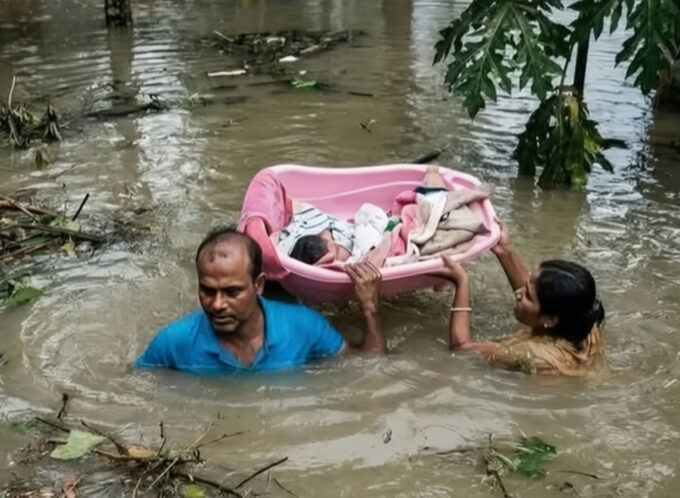
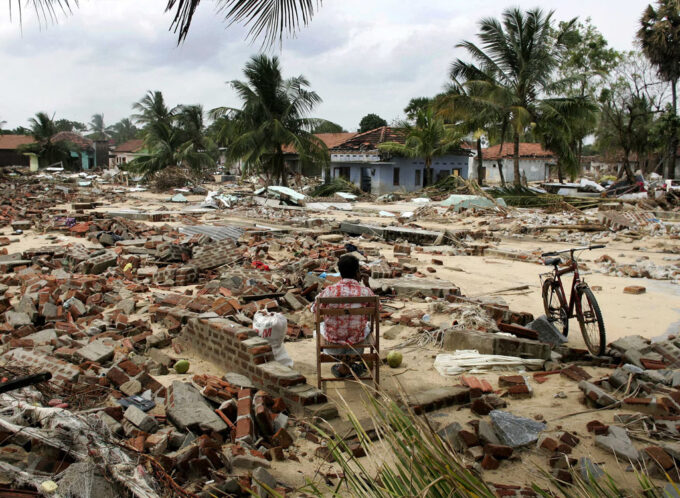
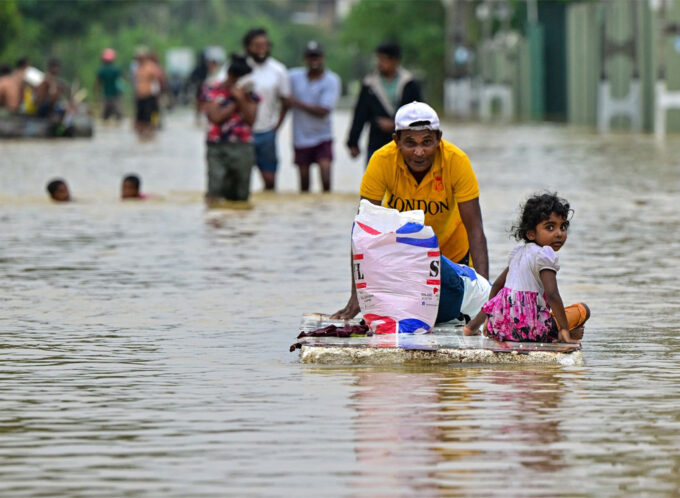
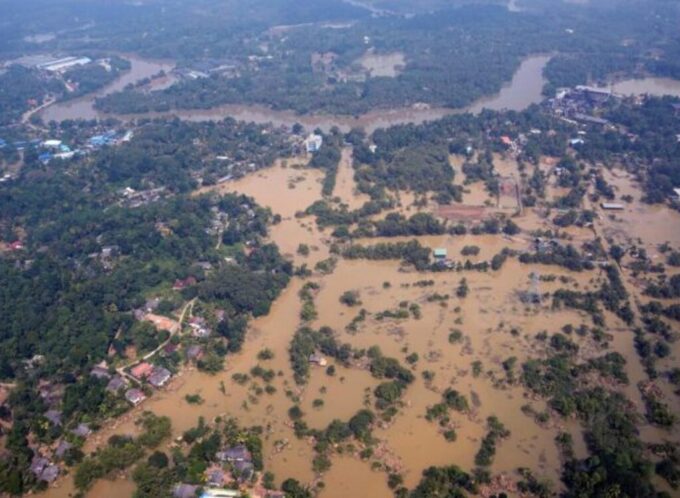




Leave a comment